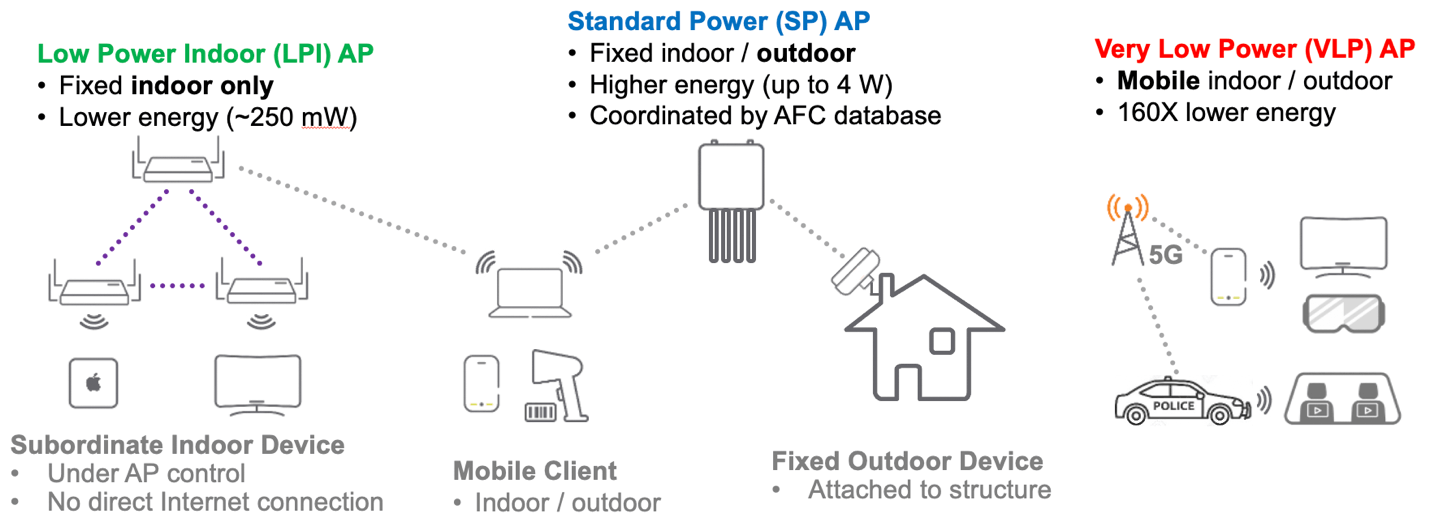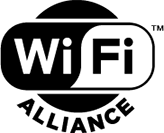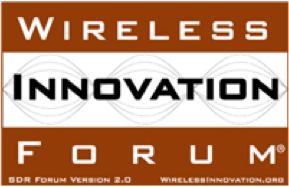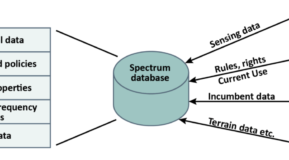Part 2: 6 GHz AFC - Taking DSA Mainstream
6 GHz Device Classes and Modes of Operation
As policymakers and regulators around the world open the 6 GHz band (5925-7125 MHz) for unlicensed operation, they are typically considering 3 distinct classes/modes of unlicensed operation:
- Low Power Indoor (LPI) - up to ~250mW or 1 W of EIRP - perhaps with a power spectral density [PSD] limit, indoor only – enforced via a number of equipment restrictions, no coordination required
- Standard Power (SP) –up to ~4W, indoor/outdoor, can support connectorized antennas – which are prohibited for LPI, requires Automated Frequency Coordination [AFC]
- Very Low Power (VLP) - up to ~25 mW EIRP, indoor/outdoor, suitable for personal area communication, no coordination required

6 GHz Device Classes/Modes of Operation
This post will focus on 6 GHz Standard Power and AFC, and its role in vastly expanding the market for, and impact of, dynamic spectrum access (DSA).
As I mentioned in the preceding post, there are historical examples of DSA systems, including TV White Spaces (TVWS) and CBRS. However, the commercial reach of both of those systems has been limited. In the case of TVWS, commercial adoption was muted, combined with (perhaps partially resulting from) repeated regulatory delays. [As an aside, I have long believed that it is very difficult to succeed with an innovative spectrum access approach like DSA in a band where there is not an established and growing hardware ecosystem of infrastructure and client devices, which is unfortunately what the TVWS initiatives attempted to do.] CBRS, on the other hand, has been very successful (capitalizing on the large market for LTE and 5G equipment in the broader 3400-3800 MHz range) with about 190,000 CBRS base stations (CBSDs) deployed in the 2 years since the band has been available for commercial service. But the sharing framework for CBRS, with the dynamic coordination by the SASs, was specifically designed to address the unique situation in the 3.5 GHz band in the United States, and therefore, in its current form, it will not be replicated in other geographies.
AFC will bring DSA to the mainstream as it becomes the de facto method for enabling outdoor and higher power unlicensed operations in the 6 GHz band in countries around the world. Already the United States, Canada, and the Republic of Korea have decided on AFC (or K-FC as it is known in South Korea) for SP in 6 GHz. Their leadership is being closely watched by policymakers and regulators in other countries, with a number having requested industry input on AFC enablement of SP in just the last 6 months, including Australia, Malaysia, Mexico, New Zealand, and Saudi Arabia – underscoring AFC’s growing global momentum. And unlike the TVWS experience, the market for AFC services and SP operations has been primed by the already established and fast-growing ecosystem of LPI devices, which includes residential APs, Enterprise APs, notebooks/laptops, tablets, smartphones, IoT devices, and Smart TVs as well as other consumer electronics. We’ve never seen this kind of widespread excitement and anticipation for dynamic spectrum access before, and it will help catalyze rapid adoption of AFC at an unprecedented scale.
Industry efforts to bring AFC into service
Industry has been hard at work preparing for the arrival of AFC, with the Wi-Fi Alliance and the Wireless Innovation Forum (WInnForum) launching major 6 GHz programs soon after the FCC’s 6 GHz Report & Order back in April 2020. Both of these programs have seen broad and sustained participation from a large variety of industry sectors. As an example, the interface specification of the Wi-Fi Alliance’s AFC Task Group was the consensus product of input and participation from over 160 people from 64 different companies. HPE Aruba has been a leader in these industry efforts, with folks from our CTO office serving as Vice-Chair of the Wi-Fi Alliance’s AFC Task Group and also serving on the Steering Group of the WInnForum’s 6 GHz Committee.


Wi-Fi Alliance and WInnForum
At a high level, the focus of the work at the Wi-Fi Alliance and WInnForum can be summarized as follows:
The Wi-Fi Alliance AFC Task Group:
- Defined the protocol interface and message types that will be used between the AFC and the SP access point
- Defined an authorization test framework whereby the AFC and SP access point may be independently tested for proper function as a System Under Test (“SUT”) and Device Under Test (“DUT”) respectively via standardized test harnesses
- Defining the test vectors that could be utilized to certify both AFC and SP access points utilizing the testing framework mentioned above
The WInnForum 6 GHz Committee has largely completed:
- Enumerating and defining AFC system requirements
- General description of the AFC incumbent protection contour calculation,
- Evaluation of static parameters/inputs to the incumbent protection contour calculations, and
- Procedures for identifying and correcting erroneous incumbent information in the US FCC’s Universal Licensing System (“ULS”) database
While this last WInnForum activity is specific to 6 GHz in the US, the vast majority of these industry efforts and work products are easily transferable to implementations in other countries that authorize AFC for SP operations. It is worth noting that a number of the companies involved in these AFC standardization activities in the Wi-Fi Alliance and WInnForum have extensive experience with either TVWS, CBRS, or both, and as should be expected, we are applying the lessons learned from those development efforts to AFC, which will optimize and shorten the overall process. For a variety of reasons, AFC is comparatively a much less complicated undertaking than CBRS was, for instance AFC does not need to protect mobile incumbent operations, nor does it need to account for the aggregate interference impacts of all SP radio nodes in an area, - both of these issues created additional complexity in implementing CBRS.
The end result of all of these developments is that AFC is poised to become the first DSA system deployed at scale in countries around the world. But just as 6 GHz unlicensed began with the FCC’s April 2020 Report & Order, AFC will almost certainly debut in the US – likely towards the end of 2022. And that will be the subject of the final blog in this series.
Part 3 of this series will focus in on kickstarting Automated Frequency Coordination (AFC) in the US.




